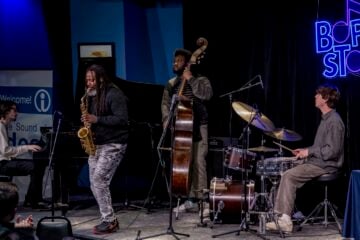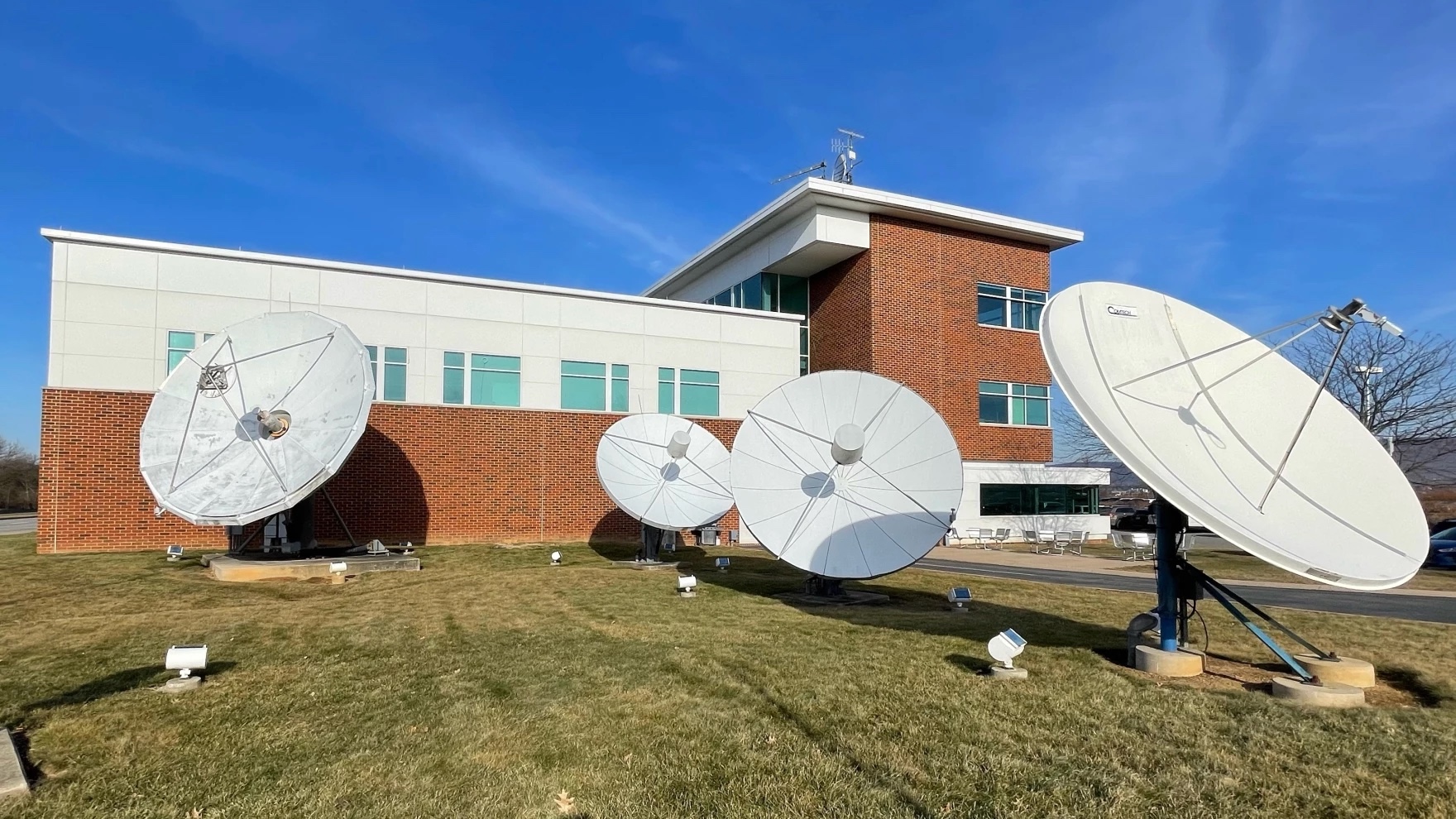Ohio news collaboration seeks to fill coverage gaps, understand community needs

aceshot / iStock
State of Ohio flags in front of the Statehouse in Columbus.
Ohio’s public radio stations have long shared content across newsrooms, from breaking news to enterprise pieces crafted at the Statehouse News Bureau. But when a tornado devastated Dayton in 2019 and stations scrambled to send reporters to help with coverage, Maryanne Zeleznik realized they needed more hands on deck.
“We thought at the time, ‘Wouldn’t it be great if we had a collaborative that was working together with reporters that we could send to help in those kinds of situations?’” said Zeleznik, VP of news at WVXU, Cincinnati Public Radio’s news station.
That led Zeleznik to serve on the planning committee for The Ohio Newsroom, a formal collaboration of public radio stations that will expand coverage across the state. The consortium emerged from prior cooperation among Ohio stations and is separate from the collaborative Midwest newsroom organized by NPR.
CPB awarded the Ohio stations a two-year, $375,000 grant in October to implement the project and previously provided a $56,000 planning grant in October 2020. Ideastream Public Media in Cleveland, Cincinnati Public Radio and WOSU in Columbus began exploring the idea in 2019 with a $70,000 grant from the George Gund Foundation.
Station leaders have sketched out a five-year roadmap with plans to create more sustainable funding for the long term, said Wendy Turner, GM of Ohio public media services for Ideastream. That lasting funding would likely come from underwriting for Ohio Newsroom content. By the time the project reaches its fourth year, Turner hopes to hire half a dozen staffers for the newsroom, she said.
“This isn’t something new,” she said. “It’s a new ambition, but we’re not starting from scratch with this collaboration. It’s an ongoing but more ambitious effort to do more on behalf of Ohioans.”
The partnership will unite journalists from WVXU, WOSU, Ideastream and WYSO in Yellow Springs. Other stations across the state without newsrooms will also contribute using freelancers, including WGTE in Toledo, WOUB in Athens and WYSU in Youngstown. The newsroom already has four CPB-funded freelancers on board assisting with reporting and editing, said Natalie Pillsbury, director of strategic content initiatives at Ideastream.
“We are focused on finding freelancers who can help to fill in some of the areas of the state that don’t have public radio news coverage or might be considered a news desert otherwise,” she said.
The newsroom has allocated freelancers to Toledo and Youngstown, which lack local public radio newsrooms and have lost much of their local newspaper coverage as well. The Toledo Blade trimmed its staff and ended print circulation in 2020. In the struggling Rust Belt town of Youngstown, the Vindicator hemorrhaged money for two decades before closing in 2019.
While the Ohio Newsroom is still searching for a managing editor and does not expect to hire one by at least late spring, its journalists have taken the last month to work on a project examining democracy in the state. Those stories will take reporters to Springfield, Ohio, where they’ll speak with activists focused on helping people of color influence local government, and the Mahoning Valley, a region abandoned by industry, Pillsbury said.
“[It’s] not not only looking at it from the policy standpoint, but really digging deep and trying to look at it from the perspectives of individuals or communities in Ohio,” she said. “Identifying what their community is or what their community needs, whether they feel like those needs are being met by their elected officials at the state or local level and then asking them their ideas for how we can help to solve the challenges within their communities.”
The resources provided by CPB will help to address the Ohio stations’ chief challenge of creating more consistent statewide content that goes beyond politics, said Mike Thompson, chief content director for news and public affairs at WOSU. He also expects that the boost in coverage will allow stations to increase the diversity of voices on air and to home in on neglected beats.
“Rural poverty is a story that I think gets kind of overlooked,” Thompson said. “… I think that’s part of the underlying causes of our political division, is that people don’t feel like they have been heard or [that their] opinions are taken seriously.”





